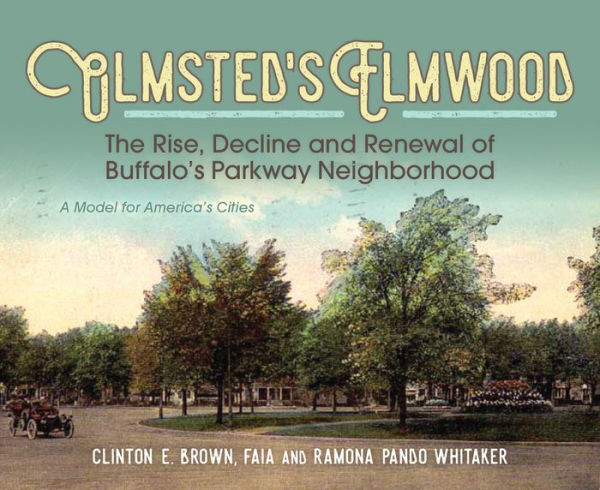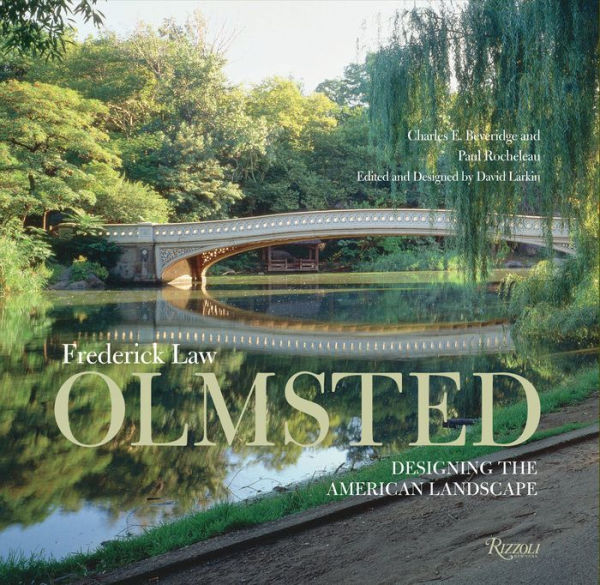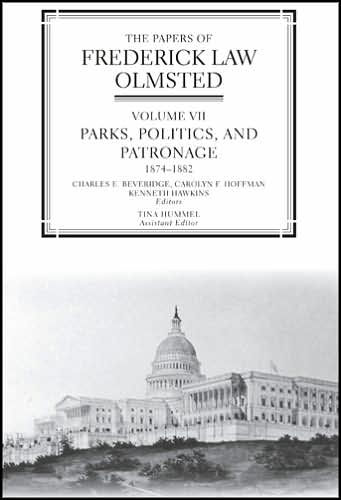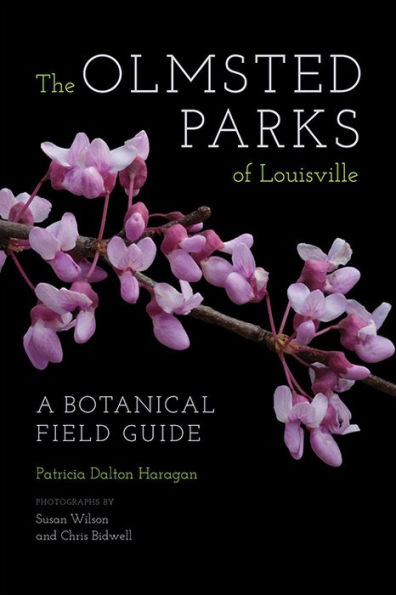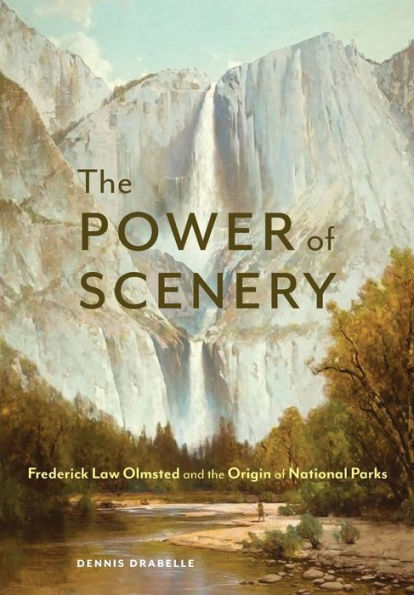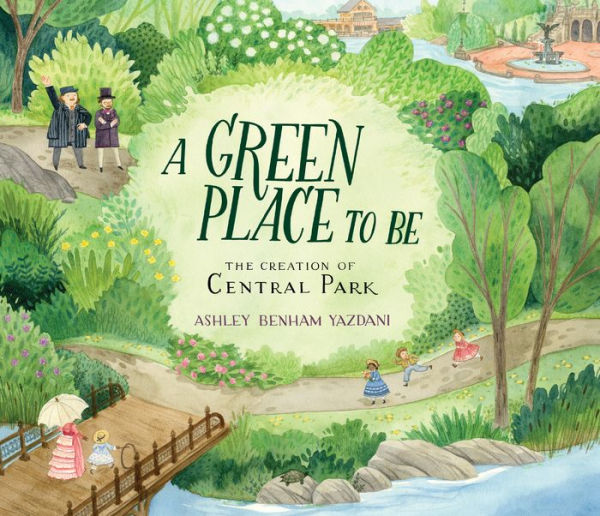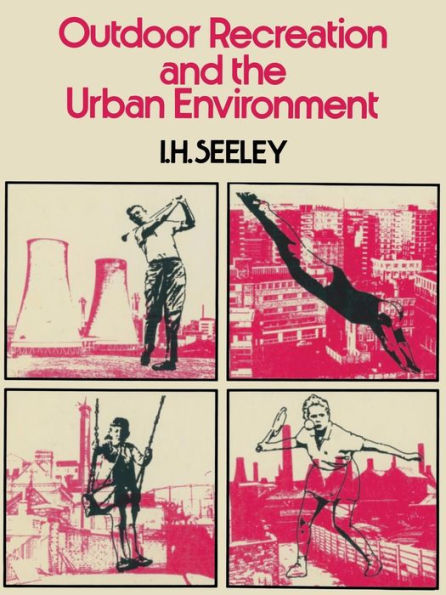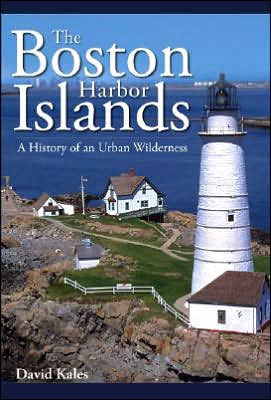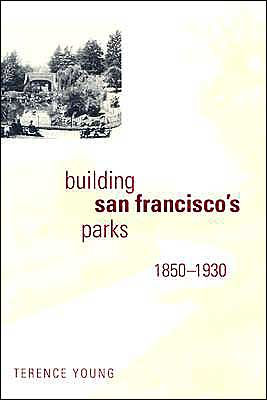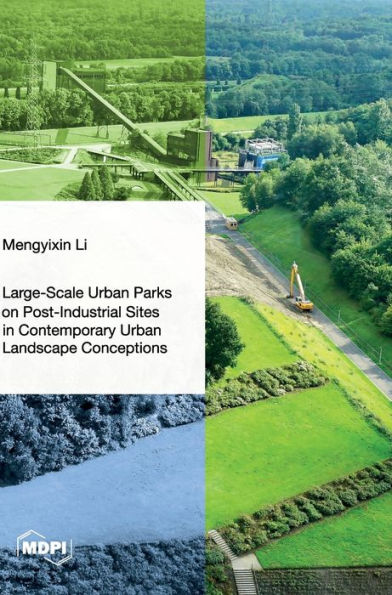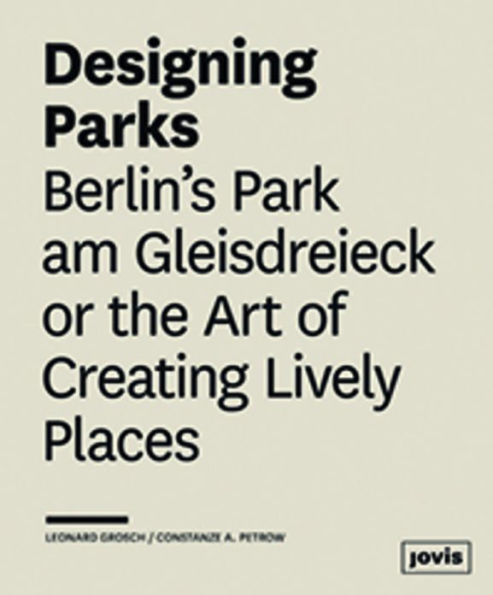Home
Boston's Franklin Park: Olmsted, Recreation, and the Modern City


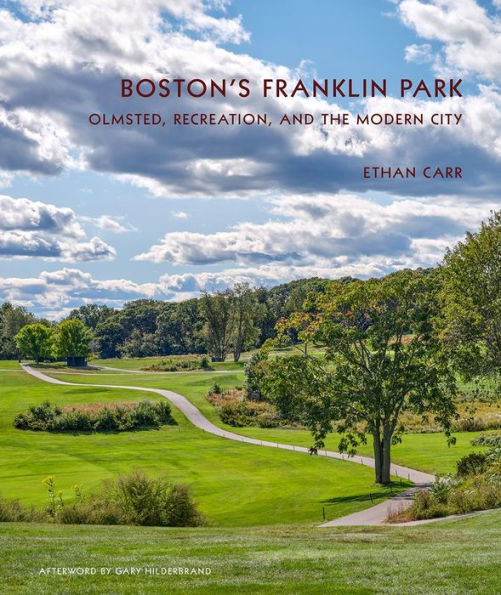
Boston's Franklin Park: Olmsted, Recreation, and the Modern City
Current price: $45.00
Loading Inventory...
Size: OS
Left unfinished when Olmsted retired in 1895, Franklin Park failed to attract visitors in large numbers until its completion in 1912, when the Franklin Park Zoo was constructed at the entrance. But during the decades following WWII, neighborhoods surrounding the park experienced “white flight.” Once it was perceived as a place used primarily by people of color, Franklin Park was all but abandoned by city officials. Consequently, the park suffered a drastic decline in both maintenance and numbers of visitors.
Since the 1980s, historians have described Franklin Park as unfinished, obsolete, or a casualty of changing trends in public recreation. Carr disagrees, offering a persuasive argument that the park's decline was not a consequence of its design but of a lack of stewardship on the part of the city, an example of institutionalized racism. His book culminates with an afterword by the landscape architect Gary Hilderbrand about the Franklin Park Action Plan, a comprehensive, community-based initiative led by Reed Hilderbrand intended to galvanize and support a revitalization of the Olmsted masterpiece.
